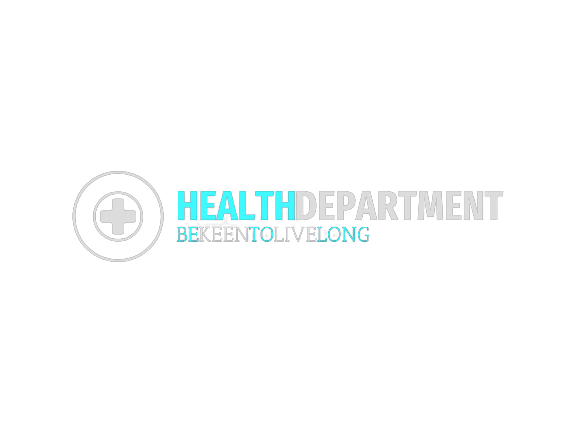Kidney Pain
Location of the kidneys
Kidneys are bean-shaped and fist-sized organs. They are located behind the middle of the trunk, in areas called the flanks. They are located under the chest on the right and left sides of the spine.
The main function of the kidneys is to filter waste products from the blood and produce urine to remove waste products from the body along with excess water.
Kidney pain usually means something is wrong. Determining whether the pain is coming from the kidneys or elsewhere is important for proper treatment.
Because there are muscles, bones, and other organs surrounding the kidney, it can be difficult to tell if the pain is from the kidney or something else. The type and location of the pain and other symptoms indicate that the pain is inside the kidney. kidneys
Symptoms of kidney pain
Kidney pain usually feels like a constant dull ache deep in the right or left side or both sides and often worsens when someone touches the area.
The pain is usually felt on one side of the back because most disorders usually affect only one kidney. If both kidneys are affected, the pain is bilateral.
Symptoms associated with kidney pain include:
hematuria
Age
Frequent urination
nausea and vomiting
Pain that radiates to the groin
Burning or pain when urinating
Recent urinary tract infection (UTI)Causes of kidney pain
Kidney pain indicates that something is affecting one or both kidneys. Your kidneys can be damaged for the following reasons:
kidney stone. Kidney stones can form in either or both kidneys and are usually painless until they pass through the tube that connects the kidneys to the bladder. You may pass a small stone without noticing it, but when it is painful, it causes sharp, sharp pain, sometimes accompanied by nausea and vomiting.
Pyelonephritis (kidney infection). Pyelonephritis is an infection that affects one or both kidneys. Its cause is widespread UTI. Pyelonephritis may cause fever, nausea, burning sensation when urinating, and flank pain and tenderness.
Bleeding Bleeding in one or both kidneys can have many causes including injury, infection and some disorders. In addition to pain in the abdomen and back, there may be blood in the urine.
Renal Vein Thrombosis In renal vein thrombosis, blood clots form in one or both renal veins that lead to the kidney. If the clot forms slowly, there may be no symptoms. A sudden blood clot can cause severe pain in the side or around the ribs.
Obstructive causes urine to flow backwards, filling one of the kidneys with water and causing the kidney to swell. usually affects only one kidney, but sometimes both kidneys are affected. Dull pain continues and sometimes severe pain continues. Symptoms may also include nausea and pain when urinating.
A lump or cancer in one or both kidneys may have a benign non-cancerous mass or kidney cancer. You may feel tired, have a swollen kidney area, or have persistent pain in your back or side.
who is Fluid sacs may develop in one or both kidneys. Kidney cysts usually don't cause any symptoms, but they can grow and put pressure on organs and cause abdominal pain.
Polycystic kidney disease (PKD). In this genetic disease, many cysts can grow in both kidneys and damage them. As PKD progresses and cysts grow, this can .Treatment of kidney pain
Depending on the condition causing the kidney pain, it may be treated with home remedies, medications, or surgery.
Conditions such as kidney stones and cysts may resolve on their own.
home treatment
Drinking plenty of water is one of the main treatments for small kidney stones.
medical
Doctors may prescribe medications to treat various conditions. This includes:
Antibiotics for pyelonephritis or other kidney infections
Anticoagulants or medicines to prevent blood clots for conditions such as renal vein thrombosis
Stopping tumor growth with targeted cancer drugs such as and sorafenib
Blood pressure medications that help with PKD
Cholesterol drugs useful in kidney disease
surgery
In some cases, surgery may be needed to treat kidney disease. For example, a kidney aneurysm may require surgery if the weakened part of the artery wall is dilated or ruptured.
Tips for preventing kidney pain
With the help of a thin, lighted microscope, the surgeon can make a small incision and remove the kidney cyst. In ureteroscopy, a thin telescope is passed through the bladder and into the kidneys. Surgeons can use this method to remove large kidney stones.
If the kidney is severely damaged, such as or cancer, it must be completely removed. For most people, the remaining kidney alone is sufficient.
Surgeons may also remove only the part of the kidney that contains the tumor or use cryotherapy to freeze and destroy only the tumor.
Kidney pain is almost always a sign that something is affecting your kidney. If you have kidney pain, contact a doctor as soon as possible to determine the cause of your pain.
If the condition that caused your kidney pain isn’t treated promptly and appropriately, you may experience kidney failure, where your kidneys stop working.
It’s especially important to contact a doctor right away if your pain is severe and started suddenly. This is often caused by a serious problem — such as renal vein thrombosis or bleeding into your kidney — that needs emergency treatment.


.jpg)







.jpg)
0 Comments
if you have any doubt,please let me know